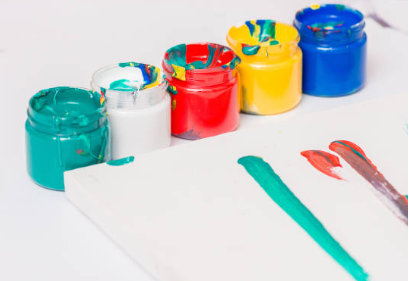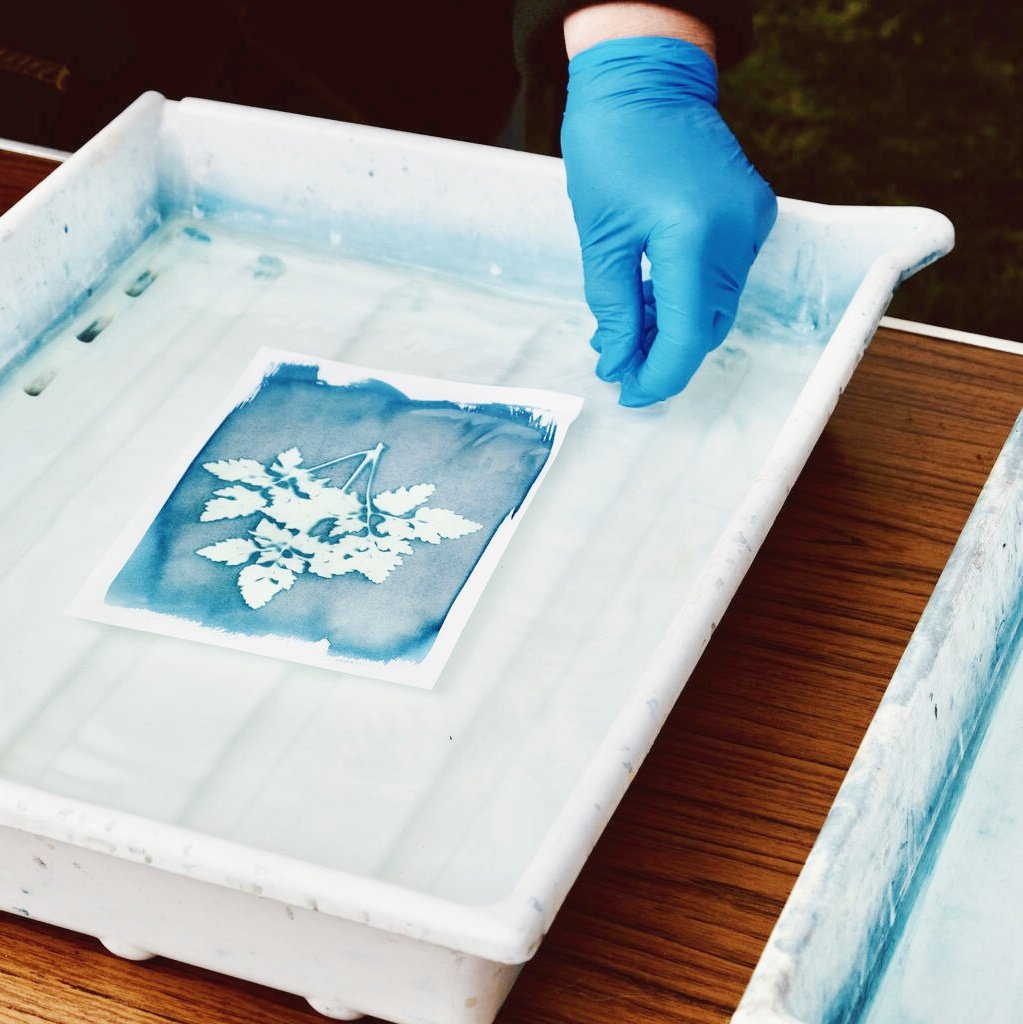Tabl Cynnwys
Canllaw Cynhwysfawr ar Ddefnyddio Inc Plastisol mewn Amrywiol Ddiwydiannau
Inc plastisol yn ddewis poblogaidd ar gyfer argraffu ar ddillad, ceir, arwyddion, a mwy. Ond os ydych chi'n ei ddefnyddio'n anghywir, gallai eich dyluniadau gracio, pylu neu olchi i ffwrdd. Bydd y canllaw hwn yn dangos i chi sut i ddefnyddio inc plastisol y ffordd iawn. Gadewch i ni ddechrau!
Beth yw inc Plastisol?
Inc plastisol wedi'i wneud o ddau brif gynhwysyn:
- Resin PVC (math o blastig).
- Plastigwyr (hylifau olewog sy'n gwneud yr inc yn feddal ac yn ymarferol).
Pam mae pobl yn caru inc plastisol?
- Mae'n ddim yn sychu nes i chi ei gynhesu. Mae hyn yn golygu na fydd yn rhwystro'ch sgriniau.
- Mae'n gwneud lliwiau llachar y pop hwnnw, hyd yn oed ar ffabrigau tywyll.
- Mae'n aros yn gryf a ddim yn pylu ar ôl golchi.

Sut mae Inc Plastisol yn cael ei Ddefnyddio mewn Gwahanol Ddiwydiannau
1. Dillad a Dillad
Ffabrigau gorau: Cotwm, polyester, a chyfuniadau. Awgrymiadau ar gyfer llwyddiant:
- Defnydd inc llaw meddal ar gyfer crysau-t cyfforddus.
- Defnydd inc dwysedd uchel ar gyfer logos trwchus (fel crysau chwaraeon).
- Enghraifft: Mae brandiau mawr fel Gildan yn defnyddio inc plastisol ar gyfer miliynau o grysau.
2. Modurol a Gweithgynhyrchu
Defnyddiau cyffredin: Labeli dangosfwrdd, haenau gwifren, a thagiau peiriant. Awgrymiadau allweddol:
- Rhaid i'r inc drin gwres uchel (dros 300°F).
- Defnydd hyrwyddwyr adlyniad i wneud iddo gadw at fetel neu blastig.
- Dilynwch reolau diogelwch fel UL a ASTM safonau.
3. Arwyddion a Phecynnu
Deunyddiau gorau: Baneri PVC, plastig rhychiog, a Tyvek®. Gwnewch iddo bara'n hirach:
- Ychwanegu Cemegau sy'n gwrthsefyll UV i frwydro yn erbyn difrod yr haul.
- Defnyddiwch haenau mwy trwchus o inc ar gyfer arwyddion awyr agored.
4. Cynhyrchion Hyrwyddo
Sut i argraffu: Defnydd trosglwyddiadau gwres ar gyfer mygiau, casys ffôn, a chadwyni allweddi. Osgoi craciau: Gwella ar dymheredd is ar arwynebau crwm.
Canllaw Cam wrth Gam i Ddefnyddio Inc Plastisol
1. Paratowch Eich Offer
Dewiswch y sgrin gywir:
- 110-160 cyfrif rhwyll am fanylion bach.
- 60-86 rhwyll cyfrif ar gyfer haenau inc trwchus. Glanhewch eich deunydd: Sychwch arwynebau gyda rhwbio alcohol yn gyntaf.
2. Cynghorion Argraffu
Trwsio inc tenau: Ychwanegu lleihäwr curable (fel ychwanegion Wilflex). Atal gwaedu inc: Cadwch y sgrin ychydig yn uwch oddi ar y ffabrig.
3. Curo'r Inc
Gwellhad perffaith: Cynheswch yr inc i 320°F–330°F am 60-90 eiliad. Gwiriwch y tymheredd: Defnydd a thermomedr laser am gywirdeb. Rhy boeth? Mae inc yn mynd yn frau. Rhy oer? Mae inc yn golchi i ffwrdd.
Trwsio Problemau Cyffredin
| Problem | Atgyweiriad Cyflym |
|---|---|
| Tyllau pin | Glanhewch y sgrin a thynhau'r rhwyll. |
| Ni fydd inc yn glynu | Defnyddiwch an hyrwyddwr adlyniad. |
| Cracio | Gadewch i'r inc oeri'n araf ar ôl ei halltu. |
| Pylu ar ôl golchi | Prawf printiau gan ddefnyddio Safonau AATCC. |

Opsiynau Eco-Gyfeillgar a Diogel
Inciau mwy diogel: Ceisiwch heb ffthalad brandiau fel Matsui Evolve® neu EcoLine Ryonet. Diogelwch yn y gweithle: Dilyn Canllawiau OSHA a darllen taflenni data diogelwch (SDS). Lleihau gwastraff: Ailgylchwch sbarion inc wedi'u halltu yn lle eu taflu.
Tueddiadau Newydd mewn Inc Plastisol
- Inciau Hybrid Cymysgwch plastisol ag inc wedi'i seilio ar ddŵr i gael teimlad meddalach.
- Inciau dargludol Argraffu cylchedau ar rannau ceir ar gyfer arwynebau clyfar.
- Eco-Plastigyddion Defnyddiwch fformiwlâu sy'n seiliedig ar blanhigion wedi'u gwneud o soi neu olew castor.
Cwestiynau Cyffredin
A ellir defnyddio inc plastisol ar neilon?
Oes! Defnydd hyrwyddwyr adlyniad cyntaf i'w helpu i gadw.
Syniadau Terfynol
Inc plastisol yn berffaith ar gyfer creu printiau caled, bywiog ar ddillad, ceir, arwyddion, a mwy. Bob amser yn gwella yn 320°F–330°F, dewiswch yr hawl cyfrif rhwyll sgrin, a cheisiwch inciau eco-gyfeillgar fel EcoLine Ryonet ar gyfer prosiectau mwy diogel.
Angen help? Lawrlwythwch am ddim taflen twyllo halltu plastisol yma.



